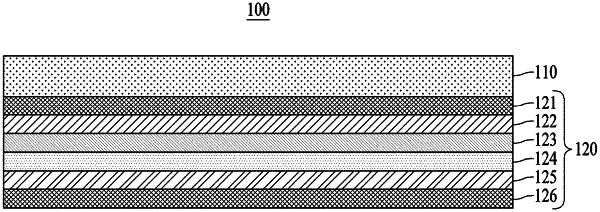| CPC H10K 30/80 (2023.02) [G01T 1/202 (2013.01); G01T 1/2006 (2013.01)] | 17 Claims |

|
1. A self-powered perovskite X-ray detector, comprising a perovskite photodetector placed under a scintillator configured to convert incident X-rays into visible light,
the perovskite photodetector comprising:
a substrate placed under the scintillator;
a first electrode formed under the substrate;
a hole transport layer formed under the first electrode;
a perovskite light absorption layer formed under the hole transport layer;
an electron transport layer formed under the perovskite light absorption layer; and
a second electrode formed under the electron transport layer,
wherein the scintillator and the perovskite light absorption layer comprise a perovskite compound represented by Formula 1 below:
AaMbXc [Formula 1]
where A is a monovalent cation, M is a divalent metal cation or a trivalent metal cation, X is a monovalent anion, a+2b=c when M is a divalent metal cation, a+3b=4c when M is a trivalent metal cation, and a, b, and c are natural numbers, and
wherein the substrate of the perovskite photodetector contacts the scintillator.
|